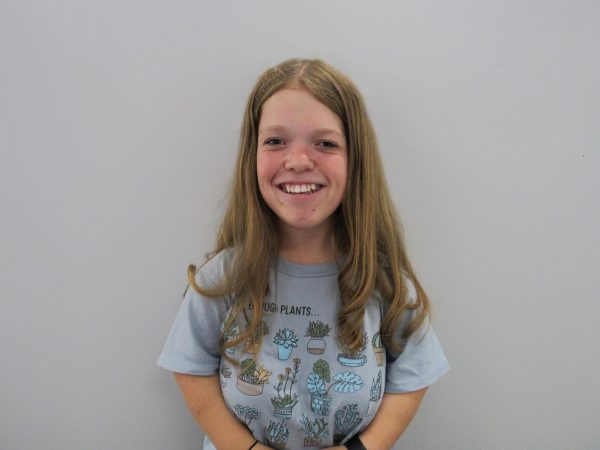Movies, television series, social media and news articles affect the way we perceive the people around us. The new live-action Snow White movie, which is to be released next year, is a prime example of this.
Even if you are not aware of the changes to the movie, you’ll notice one of the most defining features of the story has been altered – the dwarves. Or, as they’re now being referred to as, “magical creatures.”
Instead of casting actors with dwarfism, Disney is using computer-generated imagery, CGI, to create the image of a dwarf.
Peter Dinklage, an actor with dwarfism, criticized Disney for creating a retelling of a “backward story of seven dwarfs living in a cave together,” in an article published by Forbes. This type of criticism was one of the reasons why Disney decided to use CGI instead of real-life dwarf actors.
Not only does the reliance on CGI take away the element of the seven dwarves, but it also eliminates seven potential dream jobs for the dwarf acting community. Dwarfs are more likely to have a hard time making it in this career, and Disney taking this opportunity away from them doesn’t make it any easier.
As a member of the dwarf community, if I were an actress, I wouldn’t like the fact that a potential dream role, one literally built for who we are as individuals, was taken off the table.
Zach Roloff, known from the popular television series, “Little People, Big World,” said it best in an article published by Forbes, “that Disney’s decision to rebrand the dwarfs and use CGI is a form of erasure of this specific disability community.”
Rachel Zegler, who plays Snow White, is an average height woman, but she had her own opinions about CGI in the movie. Although, she wasn’t necessarily against using CGI.
“It was really intense. There’s a lot of bloopers of me tossing a broom and letting it fall to the ground because that’s apparently how you toss things off to a CGI character,” Zegler said in an article published by Variety. “But it’s so much fun!” Zegler went on to say most of her days spent singing on set were by herself, as the animals, just like the dwarves, were also going to be displayed using CGI.
While using CGI might be fun for Zegler, she was an actress playing the main character in the movie, not one being replaced by technology.
The reality of using CGI in this film, from a person with dwarfism’s perspective, is it’s an important lesson for marketers, writers, producers and everyone involved in the film industry. It’s important to consider inclusivity with the technology being used to make a movie, and the experiences this technology will create for the audience.
To achieve this consideration, listening to the right voices is one of the key factors I would encourage the most. Studios need to engage multiple people to decide what the best option is, especially more dwarves. The staff might have realized sooner how many audience members would be offended by being referred to as magical creatures and how using technology would mold the audience’s view of people with dwarfism.
This instance of using technology instead of little people goes further than how their role in the movie. How is this change going to affect how people with dwarfism are perceived in the real world, when they’re at Target, restaurants or walking down the street? If the Snow White movie reaches a large audience, little people will be associated with the fantastical version of them rather than who they really are.







